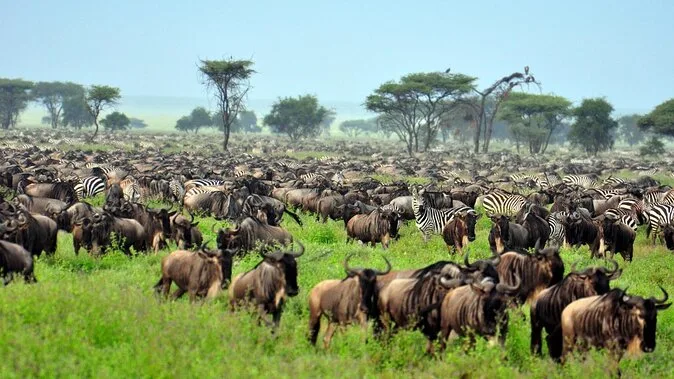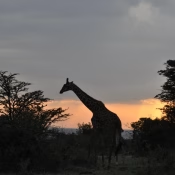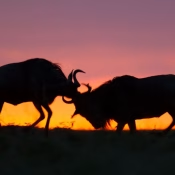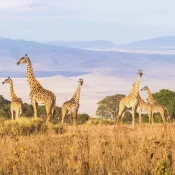
When to See Wildebeest Migration: A Complete Safari Guide
There are few wildlife events on Earth as epic as the Great Migration Kenya Tanzania spectacle — a breathtaking cycle of life, death, and survival across the African savannah. Every year, over 1.5 million wildebeest, 200,000 zebras, and countless gazelles journey in search of greener pastures, creating one of nature’s most awe-inspiring scenes.
For wildlife enthusiasts, photographers, and adventure-seekers, understanding the timing and routes of this massive migration is crucial. In this guide, we’ll walk you through the best times to witness the migration, the famous routes, and how Dallago Tours can elevate your experience with luxurious mobile camps and unforgettable hot-air balloon safaris.
The Route: Nature’s Clockwork Journey
The migration follows a clockwise loop across the Serengeti National Park in Tanzania and Masai Mara in Kenya, driven by seasonal rains and fresh grazing grounds.
-
December to March: The herds gather in the southern Serengeti and Ngorongoro Conservation Area in Tanzania. This is calving season, with thousands of young being born every day.
-
April to June: The wildebeest move northwest toward the central and western Serengeti. During this time, they face predators and river crossings.
-
July to October: This is when the real drama unfolds. The herds cross the crocodile-infested Mara River into Kenya’s Masai Mara, offering a raw display of survival.
-
November: The herds begin their journey back south, completing the annual circle.
If you’re wondering when to see wildebeest migration, it largely depends on which stage you want to witness — calving, river crossings, or predator action. Each offers something unique!
When to See Wildebeest Migration
Timing is everything when planning a safari around the Great Migration Kenya Tanzania. Here’s a quick reference:
-
January–March: Best for calving and predator interaction in southern Serengeti.
-
June–August: Prime time for the dramatic river crossings in Grumeti and Mara Rivers.
-
September–October: Wildlife viewing in the Masai Mara peaks.
-
November–December: Transition period as the herds move back to Serengeti.
To make the most of your trip, consult a local expert — because the migration can be unpredictable, and even a week’s difference might mean missing a major event.
Experience the Migration with Dallago Tours
What sets Dallago Tours apart is not just their expertise in tracking the migration but the exclusive experiences they offer.
-
Luxury Mobile Camps: Stay close to the herds without sacrificing comfort. Our mobile camps move with the migration, placing you right in the heart of the action.
-
Hot-Air Balloon Safaris: Watch the migration from the skies at sunrise, floating above the endless plains as animals stir beneath you — a view like no other.
-
Expert Guides: Our local Maasai guides bring deep knowledge, stories, and cultural insights that transform your trip from a safari into a soul-stirring journey.
The Great Migration Kenya Tanzania adventure is not just about witnessing wildlife — it’s about feeling connected to the raw rhythm of nature. With the right planning and an experienced partner like Dallago Tours, this once-in-a-lifetime journey becomes truly unforgettable.
🔗 Ready to plan your ultimate migration safari? Explore our Migration Safari Packages and book your dream adventure with Dallago Tours.
🌍 Want to witness the Mara River crossing up close? Contact our safari experts for personalized planning and mobile camp availability.
🎈 Don’t miss out on our hot-air balloon experiences! Inquire now and secure your seat in the sky.




